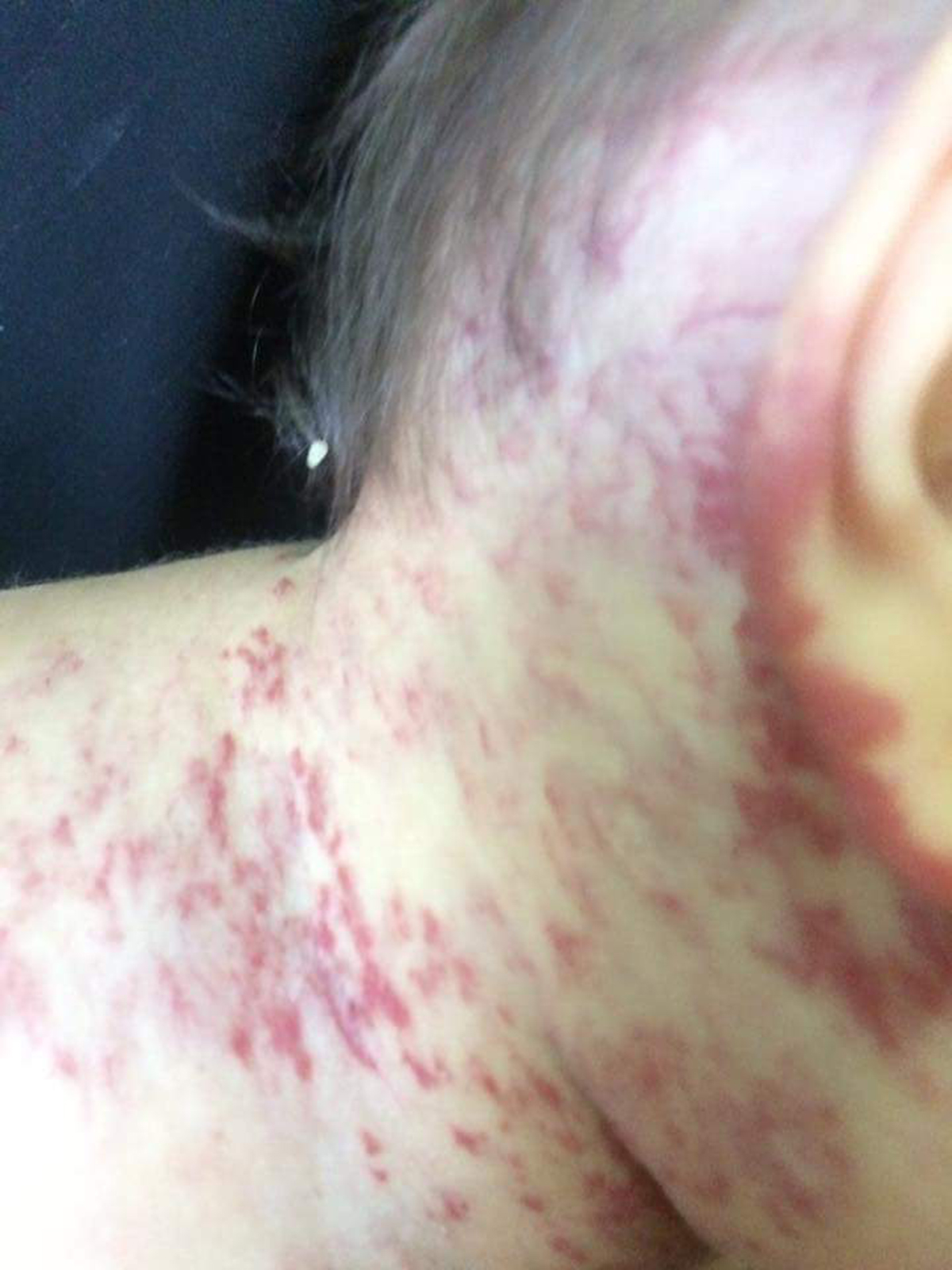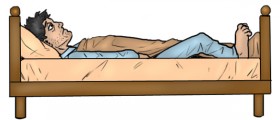
Aicardi syndrome is a rare genetic disorder that mostly affects females. The syndrome occurs due to defect genes on an X chromosome. It was named after Dr. Aicardi who first studied and described the syndrome in 1965. Aicardi syndrome is featured by incomplete or absent corpus callosum (part of the brain that connects two halves of the brain), infantile spasms and lesions on the retina.
Causes of Aicardi Syndrome
The cause of Aicardi syndrome is unknown but it is believed that it is caused by abnormalities related to X chromosome. The disorder is commonly seen in individuals who have inherited X-linked dominant pattern due to mutant gene on the X chromosome. Aicardy syndrome may occur in males with extra X chromosome (Klinefilter syndrome) but it is rarely seen.
Symptoms of Aicardi Syndrome
Typically, symptoms of Aicardi syndrome occur when the child is between 3 and 6 months of age. Initially, the syndrome causes infantile spasms, or jerking. Affected child has visual problems due to lesions on the retina (chorioretinal lacunae), which eventually leads to complete blindness. The eyes of a child with Aicardi syndrome are smaller than normal (micropthalmia). Abnormally developed ribs or spinal cord and abnormalities in development of skeletal structure are also common. This may affect the child’s ability to walk or move. Mental retardation and unequally developed halves of the brain (porencephaliccysts) are other symptoms of the disorder. Also, there may be seen development of embryonic soft tissue carcinoma, angiosarcoma and hepatoblastoma, focal motor seizure, scoliosis, hypotonia (weak muscle tone), spasticity, and development of semi and fused vertebrates. Some affected females have skin problems and facial asymmetry. Additionally, people with Aicardi syndrome have learning difficulties, behavioral problems and suffer from disturbed sleep.
Diagnosis of Aicardi SyndromeAicardi syndrome can be diagnosed when children meet criteria such as seizures, eye abnormalities and partly or completely missing corpus callosum. Tests for diagnosing the syndrome include: electroencephalogram (EEG), though it is not totally reliable, CT scan of the head, ultrasound imaging, MRI scan and eye exam to reveal any growths on the retina.
Treatment of Aicardi SyndromeUnfortunately, Aicardi syndrome is incurable and there is no standard course of treatment. The treatment is supportive and involves management of seizures with medications. Programs for parents and children to cope with delays in development are also part of the treatment and they involve occupational and physical therapies. Apart from treating symptoms, complications caused by Aicardi syndrome must be treated as well. Porencephalic cysts and hydrocephalus are treated with shunt and endoscopic fenestration. Prognosis depends on the severity of symptoms but children with Aicardi syndrome usually die in childhood.

















Your thoughts on this
Loading...